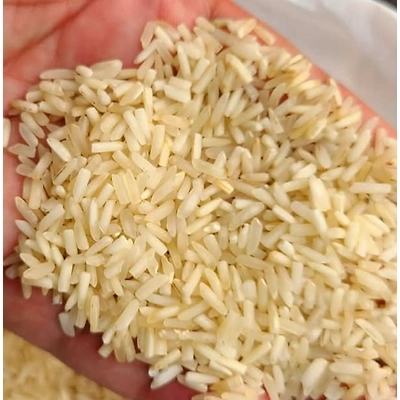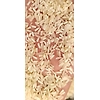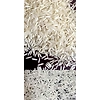BASMATI RICE
-
Product is not available
Brand:
Country Of Origin : India
Basmati Rice are designed for efficient, large-scale use across global markets. These products reflect a balance of sustainability, functionality, and traditional utility�making them suitable for food service, distribution, and environmentally responsible consumption.
Features:
- Durable and export-compliant build
- Manufactured using natural or regionally sourced materials
- Customizable for various industrial or culinary applications
- Ideal for hospitality, wholesale, and cultural use cases
- Supports eco-regulations and circular economy models
Attributes:
- Category: Rice
- Brand: DALAI IMPEX ORGANIC DISPOSABLE PLATES
- Product Type: BASMATI RICE
- Application: Food service, Retail, Bulk Export
- Material Origin: Local/Organic Sources
Product Overview
Basmati Rice provide a practical and responsible alternative in today's B2B market. Designed for efficiency, they meet industry standards for sustainability, packaging, and consumer safety.
Usage & Industry Applications
Ideal for use in the food service sector, distribution chains, and export-focused supply models, these products serve multiple functions depending on regional and cultural use�from packaging to presentation.
Construction and Design
Each item is produced from quality-controlled, natural raw materials such as leaves, nuts, or mined substances. The focus is on chemical-free processing, ease of disposal, and storage durability.
Environmental and Regulatory Benefits
Compliant with eco and trade regulations, these goods contribute to reduced plastic dependency and align with sustainable sourcing initiatives. Perfect for bulk export, especially where circular economy goals are in place.
Export Readiness
With strong demand in North America, Europe, and APAC regions, these products are available in scalable quantities with packaging optimized for international logistics and safety requirements.












